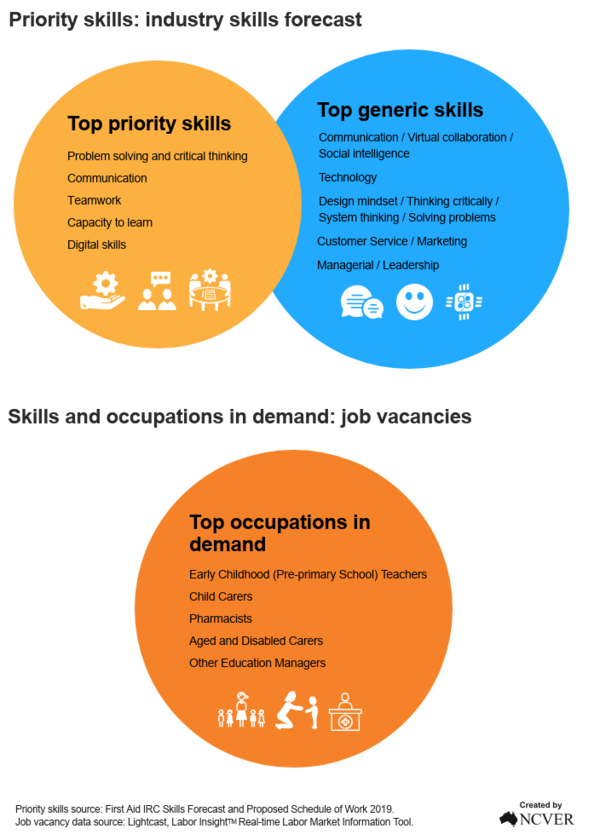Training snapshot
Overall, the number of First Aid subject enrolments grew between 2017 and 2021, from approximately 2,956,570 to 3,798,140. The decline across all First Aid-related subject enrolments in 2020 was likely due to the health measures in response to the COVID-19 pandemic.
Most students enrolled in First Aid-related subjects were located in eastern Australia, specifically in Queensland (25%), New South Wales (24%) and Victoria (19%).
Nearly three-quarters of subject enrolments in 2021 were concentrated in the First Aid units of competency for providing cardiopulmonary resuscitation (44%) and providing first aid (30%). A further 19% of subject enrolments were in units of competency to provide basic emergency life support. More than nine out of ten (92%) of enrolments were in subjects delivered that are not part of a nationally recognised program in 2021, with only 6% of enrolments in training package qualifications.
Subject enrolments in First Aid units of competency were concentrated in the Community Services training package, followed by Sport, Fitness and Recreation and Health training packages.
In 2021, three-quarters (75%) of the First Aid training was delivered by private training providers, followed by community education providers (21%). Overall, most of First Aid training (96%) was funded by domestic fee for service, although the proportions varied significantly depending on provider type.
For more data specific to your occupation, industry group or training package, visit NCVER’s Data Builder.
For more data specific to your region please visit NCVER’s Atlas of Total VET.
If you are interested in extracting NCVER data to construct tables with data relevant to you, please sign up for a VOCSTATS account.


